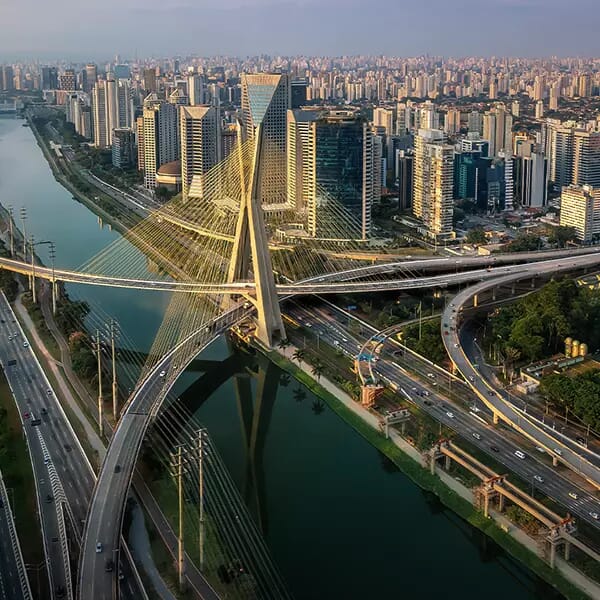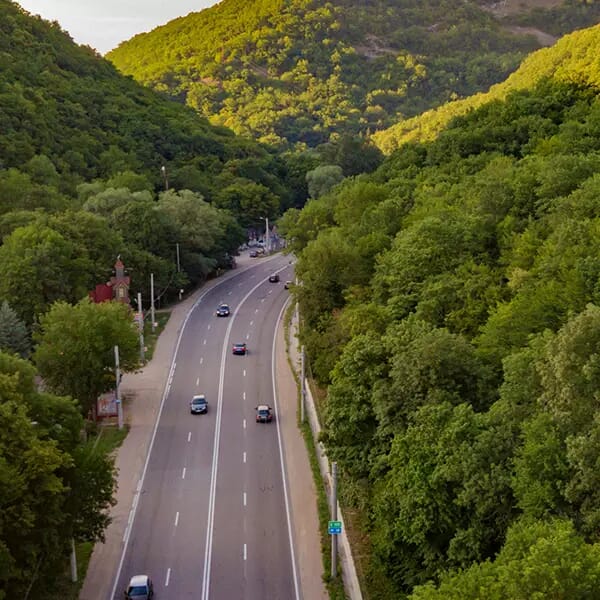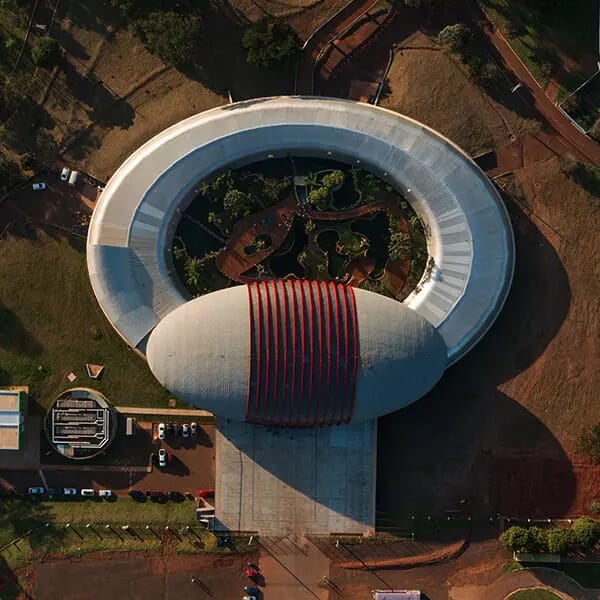 Crédito: RawFilm / Unsplash
Crédito: RawFilm / UnsplashNew Modes of Renewable Energy Procurement in India
In our first meeting of 2022, co-hosted by Trilegal, India members met virtually to discuss New Models of Renewable Energy procurement in India. Models like VPPA, Green Tariff, iREC and some other initiatives were discussed. Most agreed that VPPAs is a good model but does not work in its current form and needs a liquid based trading platform to make it viable. Indian industry needs to be more mature to benefit from the IREC standards. The higher rates of Green Tariffs create a hurdle for adoption in a price sensitive India market. Key takeaways from the discussion below.
Virtual Power Purchase Agreement (VPPA):
Internationally in countries like the USA, the corporate PPAs account for 13% of the market out of which 43% are VPPAs and 30% green tariffs. Such a significant proportion of the VPPAs in the US make these bankable.
Challenges faced in India:
Main challenge in India is the current inefficiency of the market, right now there is a very small proportion of market-based exchange in India. There is a clear need for a liquid exchange where there are less deviations in the price of the electricity.In India, open access was launched with very promising reaction from the developers and regulators but in 2019 there have been many backlashes from the Discoms for open access. Discoms face revenue loss due to Open Access; hence Open Access firms face problems like curtailment, non-scheduling of power and are not easily bankable.
In VPPA, the power is sold on exchange and not delivered directly to the consumer as the case was in open access, even then the Discoms may still feel that there is a consumer and revenue. The VPPAs are considered as a type of open access and therefore they are not easily bankable. Discoms see VPPAs as a new form of Open Access and might consider applying additional charges on those making them less viable.
Benefits of VPPA:
The developers have a hedged price risk and the buyer gets environmental attributes without actually consuming green power. There is no regulatory approval for the VPPA required as of today. To make the VPPA bankable, payment security mechanisms will be required to be established such as BG or LC. However, if there is a credible offtaker under the VPPA, then the banks may provide funding for the same.Green tariffs:
Corporates in the USA are willing to pay more for the green power as they are much more inclined towards the aim of net zero carbon. In-fact they even have data centres running on 100% renewable power. The cost of power is higher in the hands of consumers after addition of green tariff, therefore the consumers are more inclined to explore the option of open access in India. Green tariffs may be useful for states which have less resources to generate renewable energy.
Draft Electricity (Promoting Renewable Energy through Green Energy Open Access) Rules, 2021 are in final stages of discussion and will be released soon. These rules will consider and resolve the following issues:
- Easing out the open access process. Currently, certain states are more friendly to open access than others. Draft rules have been amended to bring uniformity to the same.
- Rationalisation of the open access charges
- Implement the green tariffs.
IREC:
For IREC to be considered under the Indian REC mechanism, push from the industry is required. A representation to MNRE should be made along with the Ministry of Power and Ministry of Environment, Forest and Climate Change. Under the Indian REC mechanism, there is no traceability and transparency to ascertain the source of power associated with the REC certificates. However, this is not the case with IREC which has traceability. IREC market is international and the same can be traded outside the limited market in India. REC mechanism has more compliances than IREC.



